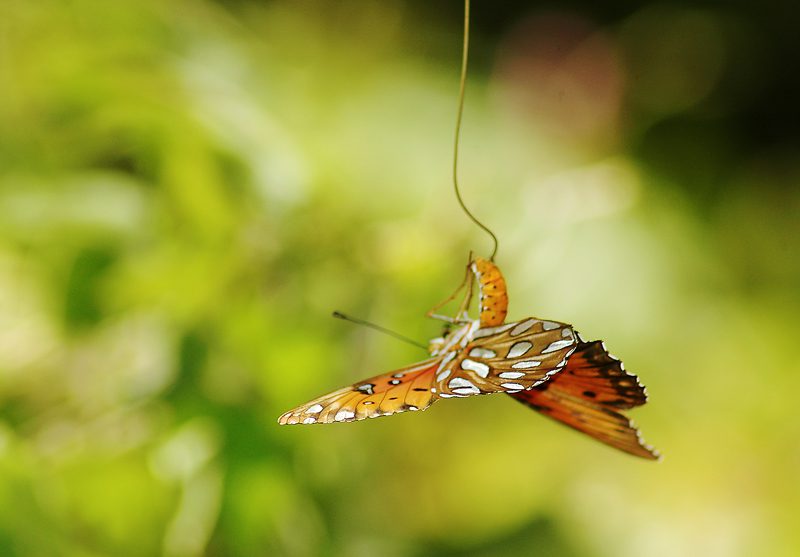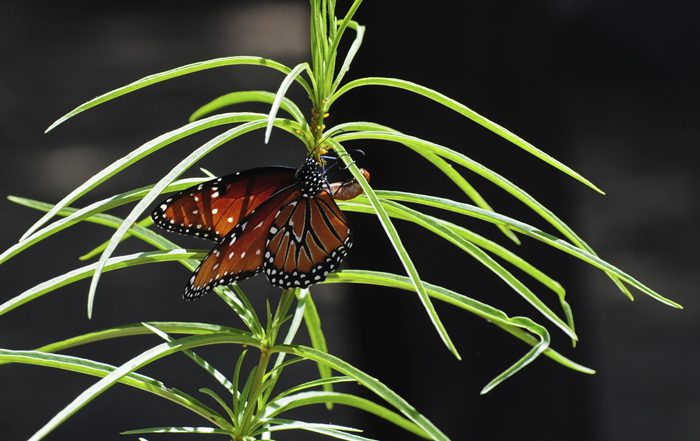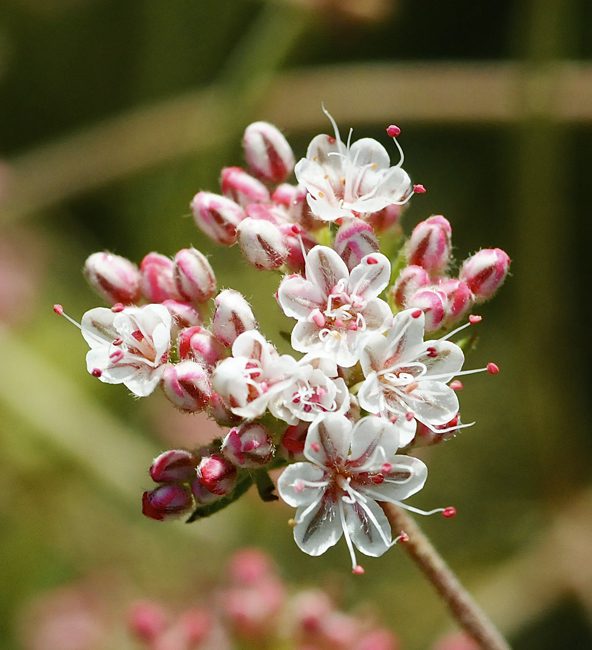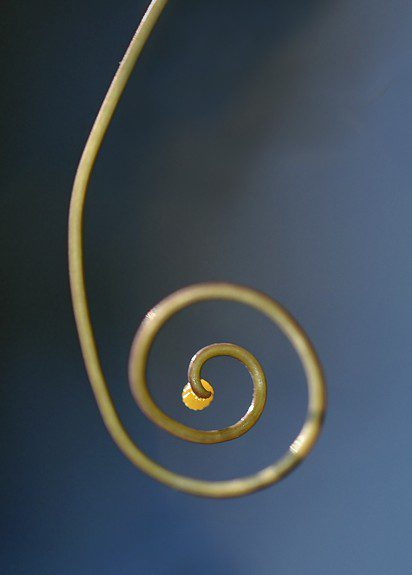
Egg
A minute spec of life is set upon a leaf, out crawls a miracle, a butterfly to be ~K. D’Angelo
What can we possibly say about these minute specs of life? Believe it or not there is actually quite a bit to say and it all starts with the eggs mother or the female butterfly. Mom takes her eggs very seriously. In fact “egg laying” is really the main objective of her short and sweet life.
She is so serious about this because over the course of millions years, evolution has taught her that if she does not choose just the right spot for her egg it probably won’t survive. In fact, the chances of an egg surviving, even if the female has picked the perfect spot, are very poor.
In the natural world, one not stifled by habitat destruction, only 1-2 out of every 100 eggs laid will live long enough to become a butterfly. Why, you ask. Who, you might be wondering, would want to harm these defenseless dots?
To predators, such as wasps, flies, beetles and ants, the egg is a tempting little packet of nutrients just waiting to be eaten. Parasitic wasps find these tiny tots especially irresistible as they provide the perfect place to burrow their eggs.
The very large winged Owl Butterfly knows first hand what a danger these wasps can be. The wasps are known to ride upon her hind wings, there they wait until she begins laying eggs, then they parachutte off to invade her newly laid treats.
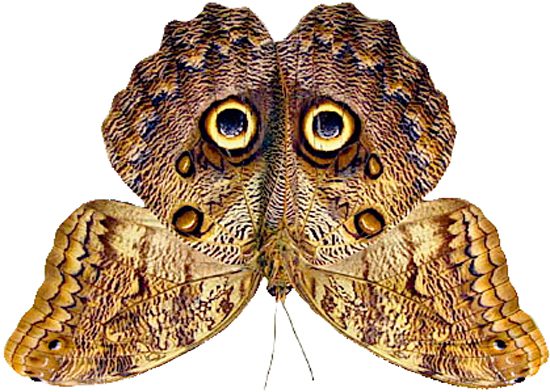
In addition to various predators lurking about, the eggs may also fall victim to a vast array of viruses, bacteria and fungi. Even Mother Nature can turn on these small specs when she delivers excessive rain, wind or sun, all of which can easily devastate something so vulnerable.
A typical egg develops in 3-10 days, an eternity for an immobile pinhead. About the only natural defenses butterfly eggs have are color and camouflage. A green egg on a green leaf is invisible, a brown egg becomes a spec of dirt, bright red or yellow displayed says “Go away! I don’t taste good!”
Stay hidden, stay still and maybe you will survive!
The female butterfly works very hard to ensure the survival of her species. Have you ever witnessed a female butterfly flirting with a bush or a tree? You may have seen her playing the field as she moves from branch to branch touching or drumming the leaves with her forelegs. She is testing the plant with sensory hairs on her foot to see if it is a worthy host.
Most female butterflies will only lay their eggs on one or two specific species of plant. Following the lead of their ancestors, they have evolved to be picky, picky individuals.
Even when a prospective plant feels, tastes and smells just like the right species, it may be rejected by the female for a variety of reasons.
It may be to exposed to the elements. It may be to wet? Fungus could grow here! It may be to hot? The eggs might dry up? Evidence of competition may also be present. Chewed leaves mean less food available. Chemical signals left by other female butterflies warn “Don’t even think of laying here, other eggs are present.” Even the prospective plant may be out to trick the female butterfly by displaying “false eggs” which advertise “no vacancy” here!
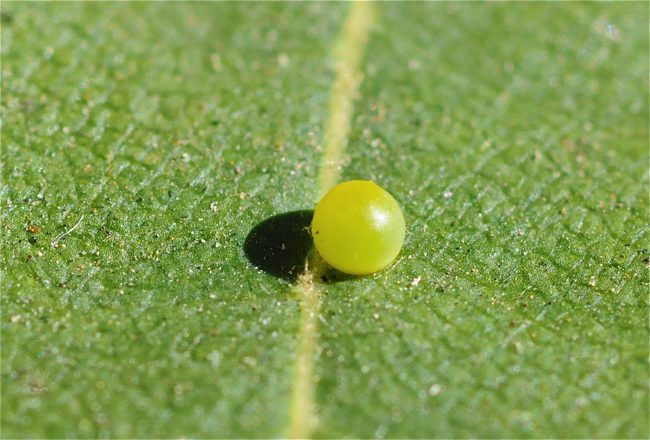
What’s a mother to do? On average a female butterfly may visit up to 10 prospective host plants before picking the perfect one. Even after she has made her choice, she may spend up to 9 hours surveying and selecting precise leaves on which to deposit her eggs.
A concerned mother plans for her children’s future! She lays her eggs diligently.
Depending on the species she may lay them singularly or in a group. She may lay them on the underside of a leaf or in a crevasse. Most always she lays them on the most tender leaves. She may use the “simple eye” on her abdomen to lay on the tip of a twisted tendril.
A female butterfly is not a realtor, but she might as well be. Location is everything to her!
Location, location, an investment
in her species future…






